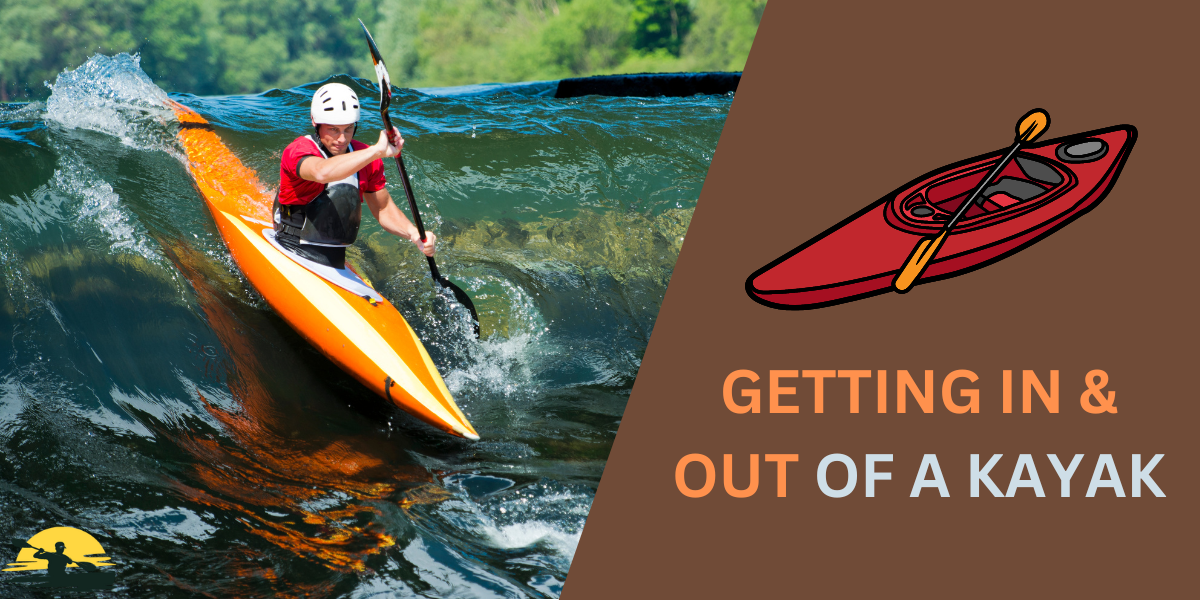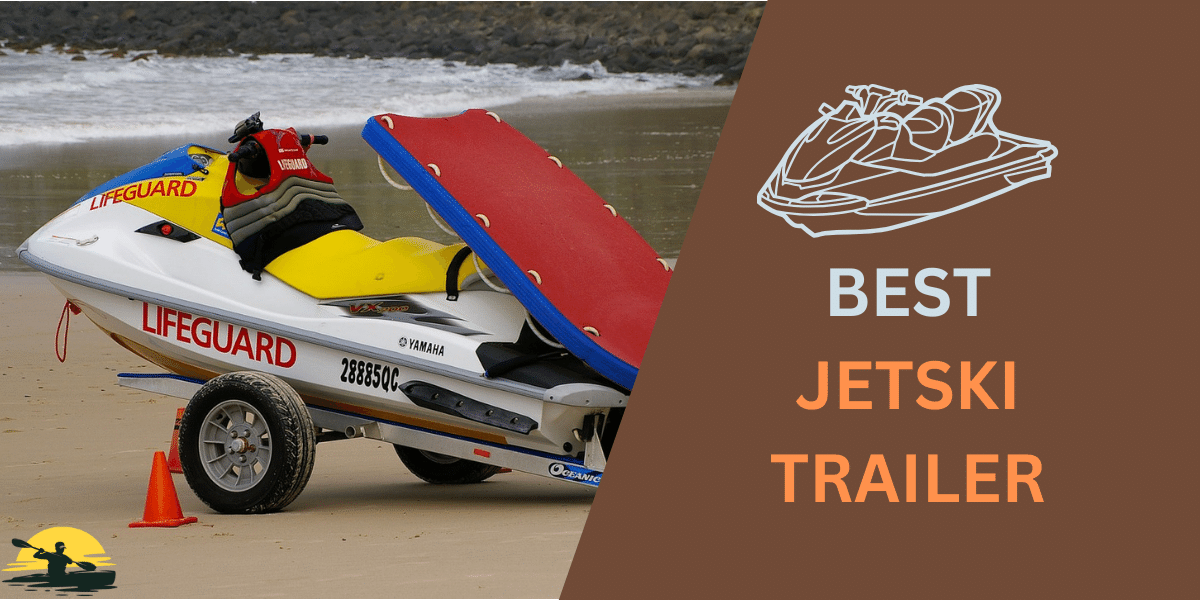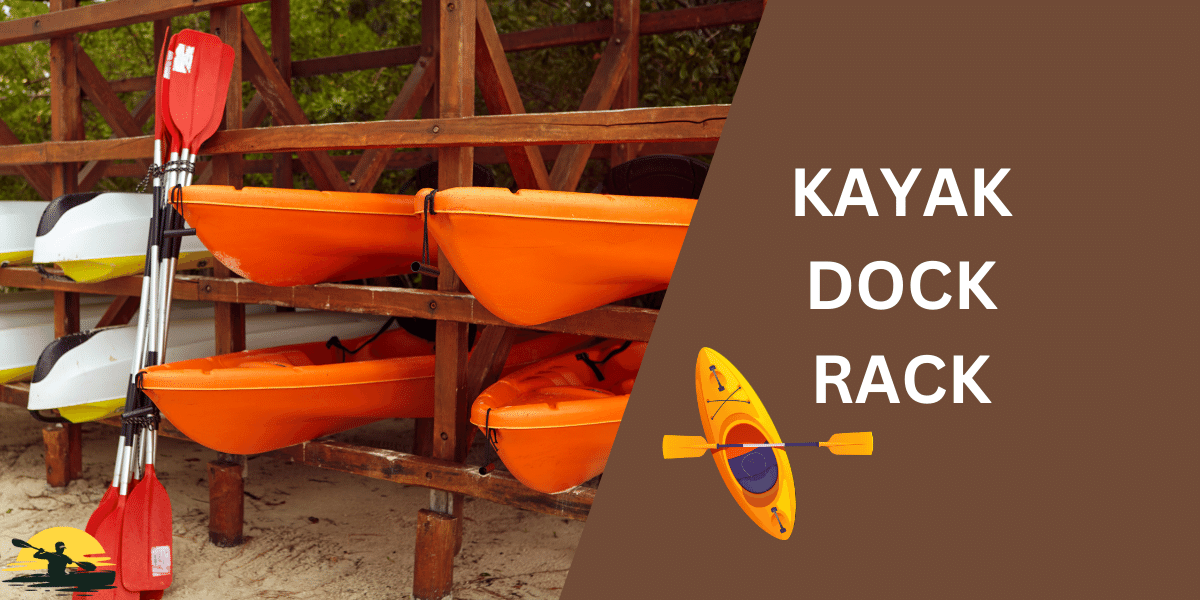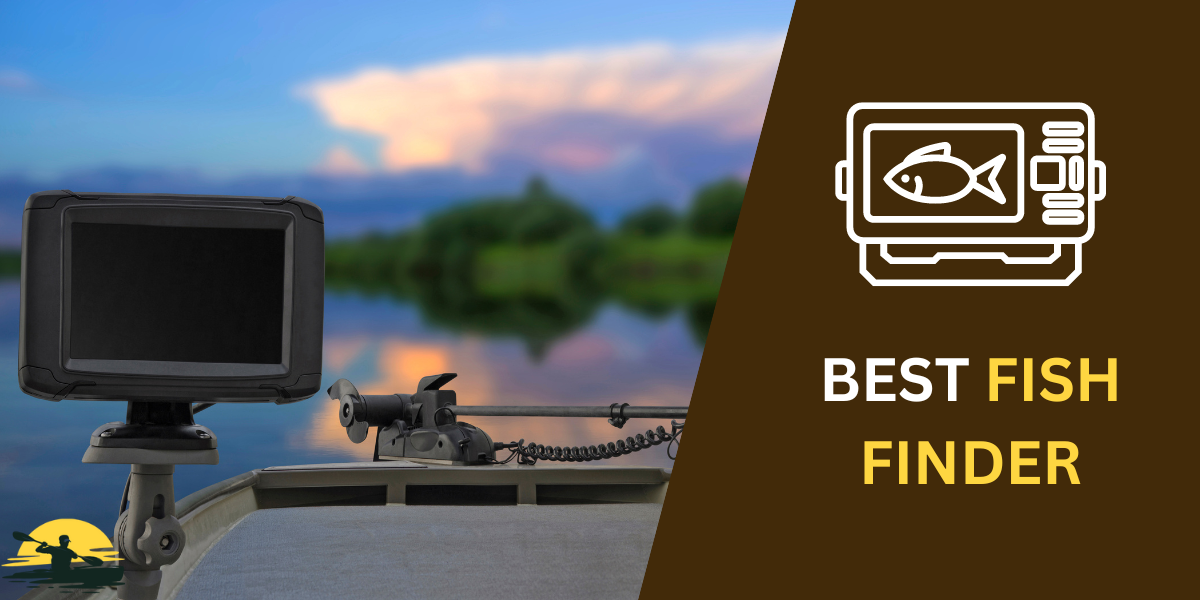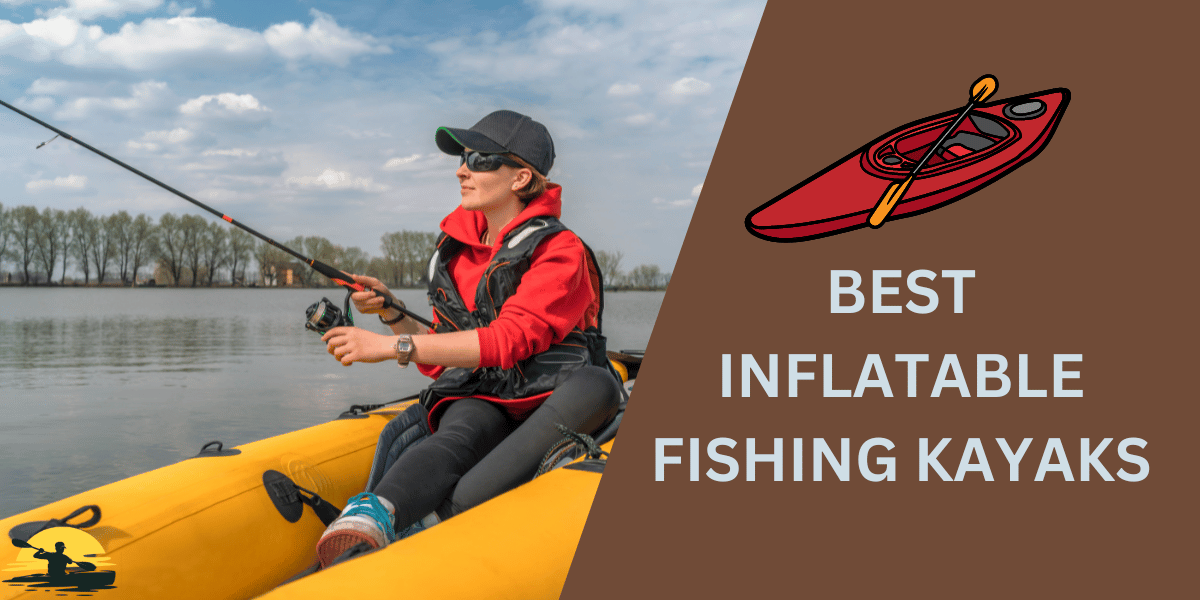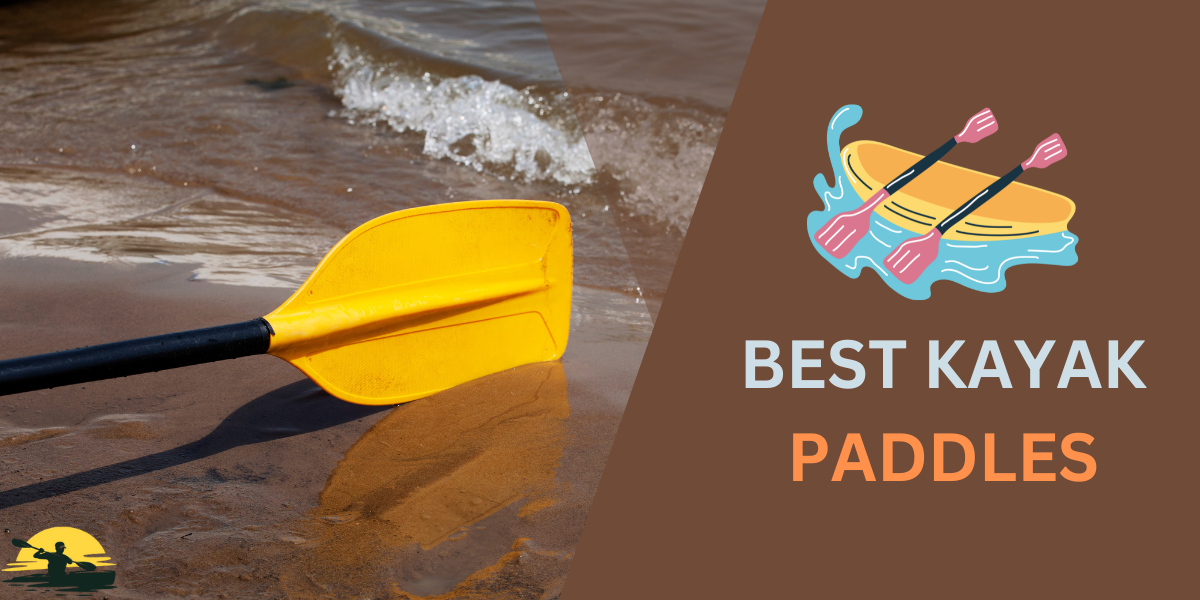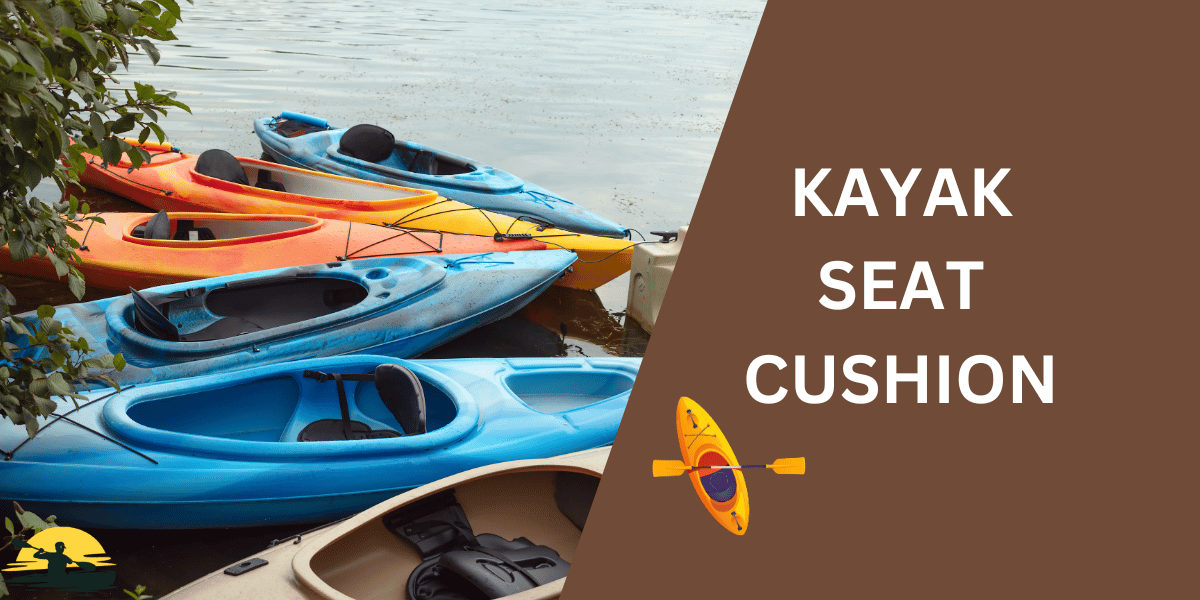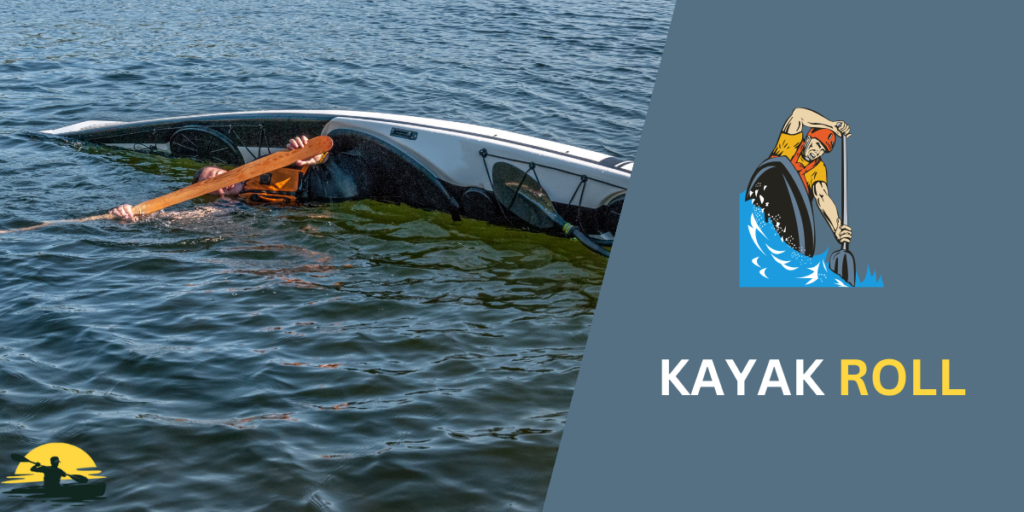
Mastering the kayak roll is a pivotal moment in the journey of every paddler. It’s not just about learning to flip your kayak upright without exiting the boat; it’s about gaining a deeper understanding of how your body, paddle, and kayak work together to conquer the challenges posed by the water. This guide is designed to demystify the kayak roll, breaking it down into manageable steps and providing you with the knowledge and techniques needed for a successful roll. Whether you are new to sea kayaking or looking to clarify your skills, this article will be a comprehensive resource.
Understanding the Basics
A kayak roll is a technique for righting oneself after capsizing without leaving the kayak. The key to a reliable roll is a coordinated effort between the paddle, your body movements, and the kayak. There are several types of rolls, but the C-to-C roll and the sweep roll are among the most fundamental and widely taught.
| Problem | Cause | Solution |
|---|---|---|
| Capsize during the sweep | Incorrect paddle angle | Focus on keeping the paddle blade flat against the water’s surface |
| Inability to complete the roll | Insufficient hip snap | Enhance your hip snap by strengthening your core and practicing the motion |
Why Learn to Roll a Kayak?
The reasons are manifold:
- Safety: Being able to roll increases your safety margin significantly.
- Confidence: Knowing you can handle capsizes reduces anxiety and boosts your enjoyment.
- Skill Development: Rolling improves your overall paddling skills and water awareness.
Preparing for the Kayak Roll
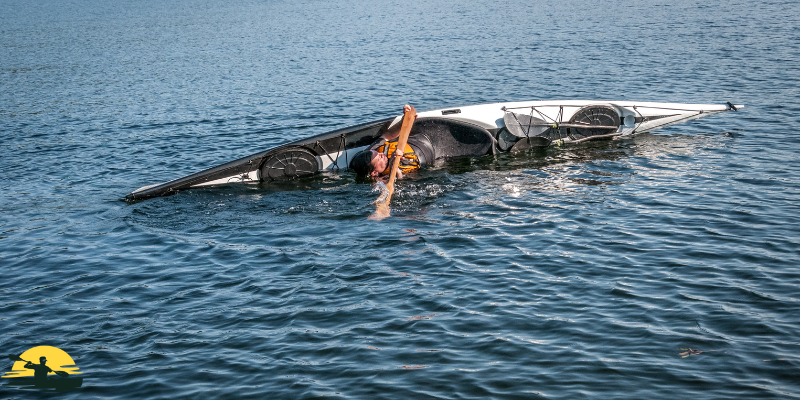
Physical Preparation
Good physical condition and flexibility aid in learning the kayak roll. Exercises focusing on core strength, shoulder flexibility, and neck mobility are particularly beneficial.
Equipment Checklist
- Kayak: A suitable kayak that offers enough stability yet is maneuverable.
- Paddle: A paddle with a shape and size that suits your technique and body.
- Safety Gear: A helmet and Personal Flotation Device (PFD) are non-negotiable.
Mental Preparation
Visualize the roll and practice staying calm. Mental rehearsals can significantly impact your success rate.
The Step-by-Step Guide to Performing a Kayak Roll

Getting Comfortable Underwater
Before attempting to roll, become comfortable with being upside down in your kayak. Practice holding your breath and exiting the kayak safely.
The Setup
For a C-to-C roll, lean forward slightly, and position the paddle blade flat against the water’s surface next to the kayak. For a sweep roll, extend one arm out to the side, with the paddle parallel to the kayak.
The Sweep
In the sweep roll, the paddle blade sweeps out in a wide arc. The motion should be fluid, with the blade skimming close to the surface to generate lift and initiate the roll.
The Hip Snap
The hip snap is crucial. You leverage the kayak’s buoyancy by forcefully rotating your hips to right it. This motion should be synchronized with your paddle movement for maximum efficiency.
The Recovery
As the kayak begins to right itself, use the momentum to return your body to the upright position. To maintain balance, keep your head down until the last part of the roll.
Practice Drills and Exercises

On-Land Drills
Practice the motions of the kayak roll on dry land to develop muscle memory. Use a paddle or a simulated paddle shaft to mimic the movements.
Pool Practice
Start in a pool or calm water. Practice each phase of the roll separately before attempting a full roll. This reduces the complexity and builds confidence.
Open Water Practice
Gradually move to more dynamic waters. Begin in conditions where you feel safe and progressively challenge yourself as your skills improve.
Troubleshooting Common Problems
ProblemCauseSolutionCapsize during the sweepIncorrect paddle angle focus on keeping the paddle blade flat against the water’s surface ability to complete the rollInsufficient hip snapEnhance your hip snap by strengthening your core and practicing the motion
Advanced Techniques and Variations
Once you’ve mastered the basics, explore advanced rolls like the hand roll and reentry roll. These techniques offer new challenges and can be helpful in different kayaking scenarios.

Maintaining Your Skills
Consistent practice is critical to maintaining your kayak rolling skills. Regularly challenge yourself with new conditions and seek feedback from more experienced paddlers or coaches.
Conclusion
The journey to mastering the kayak roll is as rewarding as it is challenging. With patience, practice, and perseverance, the ability to roll will become second nature, transforming your kayaking experience. Embrace each learning process step, and remember that every paddler’s journey is unique. Share your stories, seek community advice, and enjoy every moment on the water.
Whether practicing in a serene lake or navigating the dynamic waters of sea kayaking, the skills you develop through learning to roll will serve you well in all your paddling adventures. Happy kayaking!
Frequently Asked Questions
What is a screw roll in kayaking?
A screw roll is a type of kayak roll used to right the kayak from an upside-down position. It combines a powerful hip snap with a sweeping paddle motion across the water’s surface. This role is highly effective due to its use of body mechanics and paddle leverage, making it a popular choice among kayakers for its reliability in various conditions.
How does the rolling knee contribute to a successful kayak roll?
The rolling knee is critical to executing a successful kayak roll by initiating the motion to right the kayak. By engaging the knee on the same side you’re rolling towards, you create a lifting force that, combined with a hip snap, rotates the kayak upright. It’s a subtle yet powerful movement essential for a smooth and efficient roll.
Why are sweep rolls considered more accessible for beginners?
Sweep rolls are often considered more accessible for beginners because they involve a more intuitive motion and require less precise timing than other rolls. By sweeping the paddle in a wide arc across the water’s surface, the kayaker generates the necessary momentum to right the kayak. This role allows for a more significant margin of error, making it a forgiving technique for those new to the sport.
How can watching videos of Ken Whiting improve my kayak roll?
Watching Ken Whiting’s videos, a renowned kayaker and instructor can significantly improve your kayak roll technique. His tutorials break down the roll into manageable steps, demonstrate correct form, and offer tips to avoid common mistakes. By observing his technique and listening to his expert advice, you can gain insights that are difficult to pick up from written descriptions alone.
What is the best way to practice the kayak roll early in my learning?
The best way to practice the kayak roll early in your learning is to start in a controlled circumstances, such as a swimming pool, where you can focus on technique without the distraction of currents or waves.
Before attempting the entire maneuver, begin by practicing the roll components separately, such as the hip snap and paddle sweep. Utilize instructional videos for guidance and consider working with an experienced instructor to receive personalized feedback and encouragement.


